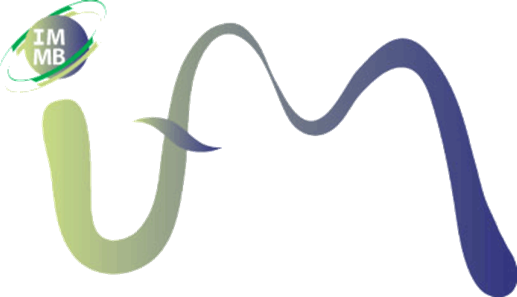Team
- Insa Bakenhus
- Michael Czieborowski
- Kirsten Heuer
- Rense Jongsma
Topic
In their natural habitats bacteria predominantly live in cell aggregates and biofilms. Cells within these multicellular structures have physiological properties that distinguish them from freely suspended cells. An important property of aggregated cells is a higher tolerance against stresses, such as toxic chemicals.
The goal of our research is to identify molecular modules that are responsible for inducing cell-aggregation and biofilm formation in response to environmental cues. These molecular modules could be used for improving biotransformation processes of toxic chemicals. To this end, we are also working on the establishment of multi-species biofilms for facilitating biotransformation processes that require the metabolic activity of more than bacterial strain.
In addition, we are interested in establishing strategies to prevent microbial growth on surfaces (biofouling), especially in marine environments. In this respect, we are also interested in molecular and metabolic interactions between bacteria and diatoms within biofilms.
Recently, we have started to investigate biofilm formation on microplastic particles in freshwater environments.

Generalized scheme of bacterial biofilm formation© AG Philipp Cooperations
Selected publications
Zecher K, Aitha VP, Heuer K, Ahlers H, Roland K, Fiedel M, Philipp B (2018) A multi-step approach for testing non-toxic amphiphilic antifouling coatings against marine microfouling at different levels of biological complexity.
Journal of Microbiological Methods. pii: S0167-7012(18)30101-5. doi: 10.1016/j.mimet.2018.02.009*Suleiman M, *Zecher K, Yücel O, Jagmann N, Philipp B (2016) Interkindom Cross-Feeding of Ammonium from Marine Methylamine-Degrading Bacteria to the Diatom Phaeodactylum tricornutum.
Applied and Environmental Microbiology, doi:10.1128/AEM.01642-16. *These authors contributed equally to the paper.Zecher K, Jagmann N, Seemann P, Philipp B (2015) An efficient screening method for the isolation of heterotrophic bacteria influencing growth of diatoms under photoautotrophic conditions.
Journal of Microbiological Methods 119: 154-162Jagmann N, Henke SF, Philipp B (2015) Cells of Escherichia coli are protected against severe chemical stress by co-habiting cell aggregates formed by Pseudomonas aeruginosa.
Applied Microbiology and Biotechnology DOI: 10.1007/s00253-015-6726-7Klebensberger J, Birkenmaier A, Geffers R, Kjelleberg S, Philipp B (2009) SiaA and SiaD are essential for inducing autoaggregation as a specific response to detergent stress in Pseudomonas aeruginosa.
Environmental Microbiology 11: 3073-3086
Klebensberger J, Lautenschlager K, Bressler D, Wingender J and Philipp B (2007) Detergent-induced cell aggregation in subpopulations of Pseudomonas aeruginosa as a pre-adaptive survival strategy.
Environmental Microbiology 9: 2247-2259

